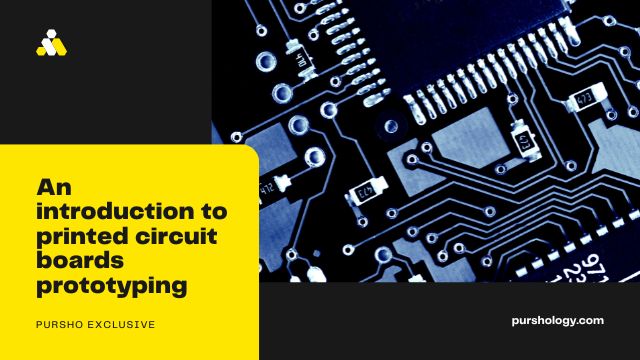If you’re well-versed in manufacturing, chances are, you’ve heard about printed circuit board prototyping. Otherwise known as PCB prototyping, these prototypes are used by businesses looking to test their design ideas before they go to mass manufacture.
If you’re one of the 270,000 manufacturing businesses in the UK but aren’t sure whether a PCB prototype is right for you, read on.
What is a prototyping board?
First things first, you might be wondering what a PCB prototyping board is. Simply put, a prototyping board is any electric circuit board that can be used to make prototypes before mass manufacture.
What is PCB prototyping used for?
PCB prototyping is used to test the PCB boards for any weaknesses during the design process.
The point of doing this is simple: testing the product before it has been finalised and sent to be manufactured in mass. This means that if your circuit doesn’t perform as well as you’d hoped or expected, you don’t end up wasting thousands of pounds on a faulty product.
This is especially important for businesses given that the UK is heading towards a recession.
What is the PCB prototyping process?
If you’d like to give PCB prototyping a go, the process is relatively simple.
All you need to do is create a prototype for your board and conduct a dry run of your product, so you can see whether your idea has worked as planned.
However, it’s important not to spend too much time on the prototyping stage where possible.
What are the benefits of PCB prototyping?
If you find yourself wondering whether PCB prototyping is strictly necessary, you’re not alone. Although it might be tempting to skip the PCB prototyping stage, here are just some of the reasons you shouldn’t:
- They save time
Prototypes save you time in the design process and once your designs go to manufacture. Not only will your team be able to identify problems quickly and easily, but you can also show potential customers how your design will work in the process, helping speed up the sales cycle.
- PCB prototypes save money
Standard prototype production runs cost far more than prototypes. Although skipping the prototyping stage could save you money initially, if you get your standard prototype wrong, you’ll end up paying far more.
- You can identify flaws early on
Prototypes help note any flaws or issues that your product may have early in the process. By doing this, you can ensure you make changes as soon as possible, without wasting time developing a faulty product.
The bottom line is that businesses at the top put the time and effort into PCB prototyping. Will you join them?






